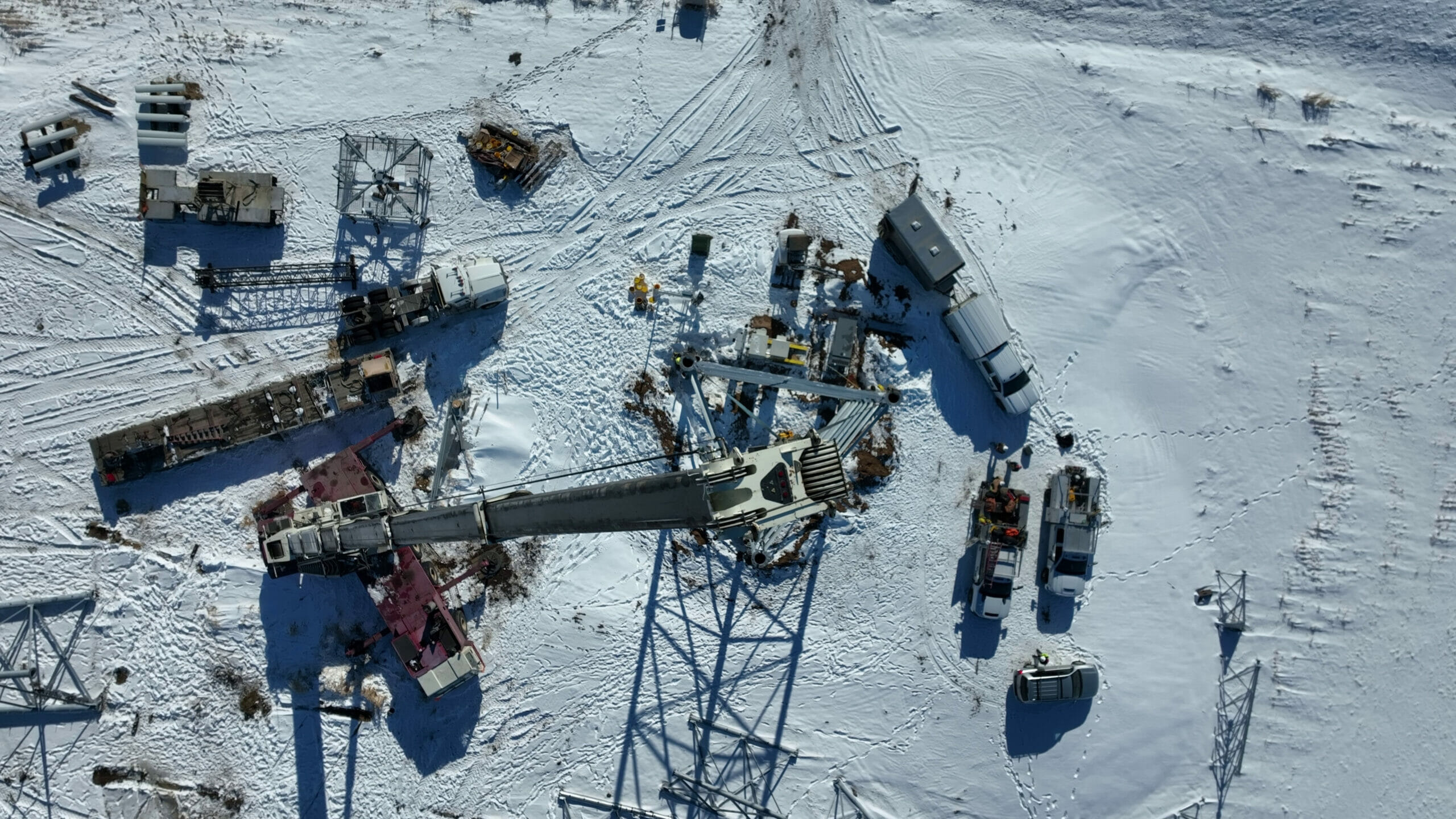Crane Safety : Outriggers
New Braunfels, TX, December 20, 2022

When we speak of crane safety, there are several leading causes of incidents and fatalities. Some of the most common causes are exceeding the load chart or rated capacity of the crane, coming in contact with power lines, and improper use or placement of outriggers. Proper pre-job planning and a crane pre-lift meeting help eliminate potential hazards that may exist on-site and reduce the likelihood of human error. We would like to discuss the proper use and placement of crane outriggers. Here are three key points to remember when it comes to outrigger use and placement…
Always make sure to fully extend the outriggers
It is best practice to always extend the crane outriggers to full span when possible. This ensures that the crane has added stability should it be needed. However, certain cranes can operate with the outriggers at a short span or just straight down, but it is at a fraction of the load capacity and should be avoided at all costs. You should always pin the outriggers if the crane is equipped, once they are at full span. In order for the outriggers to have full effect, the tires must be clear of the ground with the suspension fully decompressed. As a side note, I have yet to hear of a crane incident or fatality taking place as a result of having the outriggers fully extended or due to the use of counterweights. The point is if you have it and it will make your job safer, use it!
Use proper outrigger matting and placement
Always place the crane outriggers on adequate matting to insure the crane’s stability. Regulating standards (ASME B30.5-3.2.1.5.i) state that matting should have sufficient strength to prevent crushing, bending, or shear failure. Matting must have the appropriate thickness, width, and length, as to completely support the float, transmit the load to the supporting surface, and prevent shifting, toppling, or excessive settlement under load. When considering this, crew members should also assess the soil to see if it there are any signs of disrupted soil indicating that underground work may have been performed. Always use outrigger matting made of steel, wood, or hard plastic. It is a good rule of thumb to perform a test pick so that you can see if the crane is positioned correctly and that the outriggers don’t try to settle or shift.
Install caution tape between the outriggers identifying the swing radius
Once the crane is completely set up you must install caution tape or safety chains between the outriggers. This serves as a visual barrier and lets the workers know exactly where the swing radius area is and to stay clear. Everyone on site must be aware of their surroundings while a pick is being made. Remember if something doesn’t look right – STOP work and ask the question or make the call.
If you would like more information on those topics, please reach out to the Ontivity safety team at safety@ontivity.com, and we will get you taken care of.
